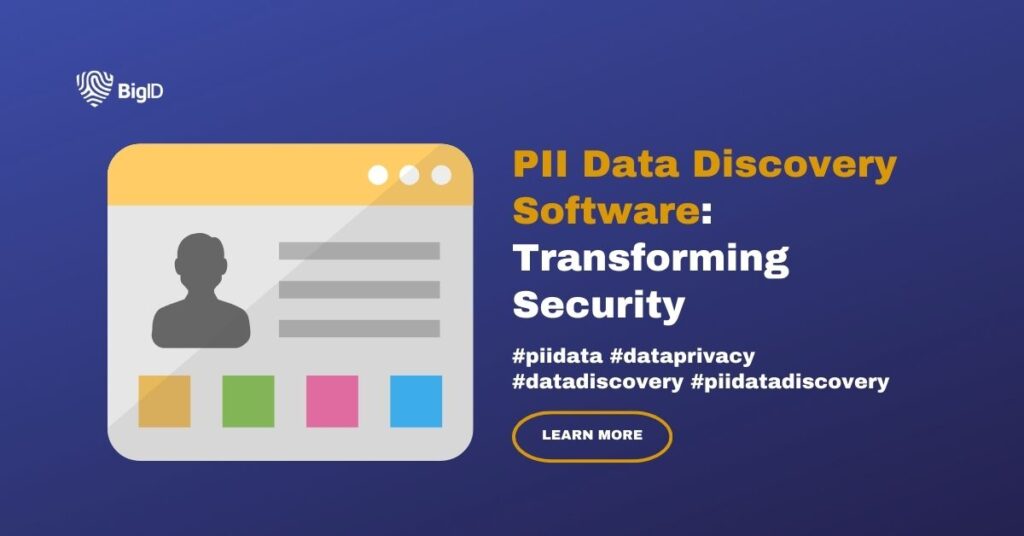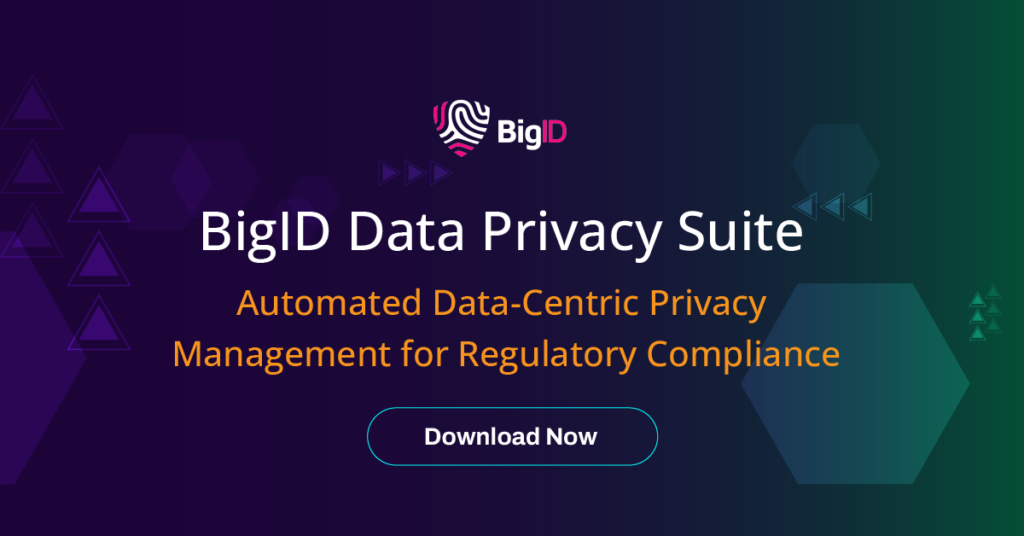PII Data Discovery Software: Unveiling the Future of Data Security
In today’s digital landscape, the protection of Personally Identifiable Information (PII) is more critical than ever. With data breaches becoming increasingly sophisticated and prevalent, organizations must prioritize the identification and safeguarding of sensitive information. Enter PII data discovery software—an advanced solution that automates the detection and classification of PII, transforming how businesses manage and secure their data. This cutting-edge technology not only enhances security measures but also ensures regulatory compliance and builds customer trust, setting the stage for a future where proactive data management and artificial intelligence redefine data protection.
Understanding PII Data and Its Importance
What is PII Data?
Personally Identifiable Information (PII) encompasses any data that can identify an individual. This includes names, addresses, social security numbers, phone numbers, email addresses, biometric data, and more. As the digital age advances, the volume and variety of PII have exponentially increased, making its protection more crucial than ever.
Why PII Data Discovery Matters
The discovery of PII data is a critical first step in safeguarding sensitive information. Organizations must know where PII resides within their systems to protect it effectively. PII data discovery ensures that sensitive data is identified, classified, and managed according to regulatory requirements and best practices, preventing data breaches and maintaining trust.
Benefits of Discovering PII Data
Enhancing Security Posture
By identifying where PII resides, organizations can implement targeted security measures, such as encryption and access controls, reducing the risk of data breaches. An enhanced security posture protects against potential threats and ensures data integrity.
Ensuring Regulatory Compliance
Compliance with data protection laws like GDPR, CCPA, and HIPAA is critical for avoiding hefty fines and legal repercussions. PII data discovery software helps organizations meet these regulatory requirements by ensuring that all PII is accounted for and managed appropriately.
Building Customer Trust
In an era of increasing data privacy concerns, demonstrating a commitment to protecting PII builds customer trust. Organizations that proactively safeguard personal information can differentiate themselves in the market and foster long-term customer loyalty.
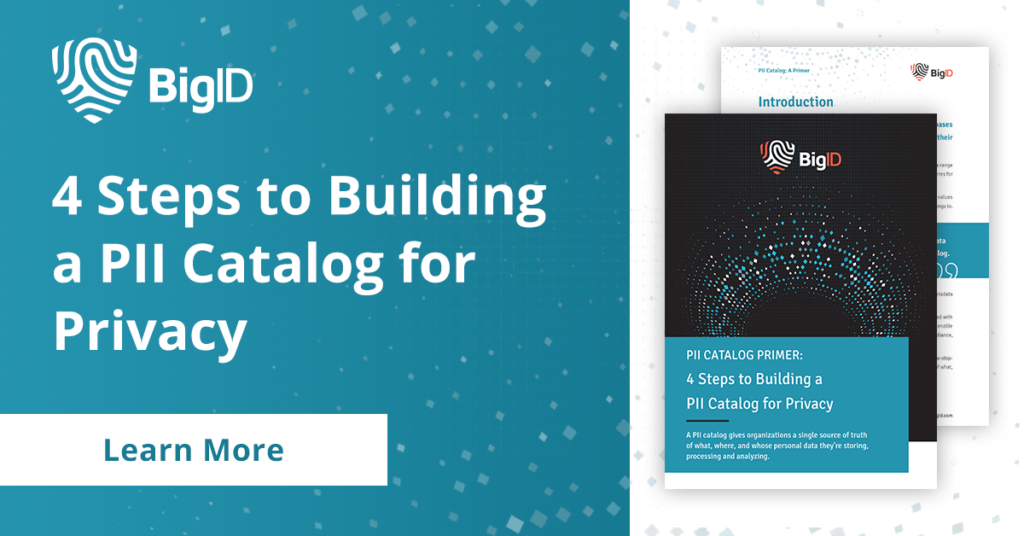
The Rise of PII Data Discovery Software
Evolution of Data Protection
With the proliferation of data breaches and stringent data protection regulations, PII data discovery software has emerged as a vital tool for organizations. These solutions automate the identification and classification of PII, providing a comprehensive overview of data environments and enhancing security measures.
Key Features of PII Data Discovery Software
Effective PII data discovery involves identifying and cataloging PII across an organization’s data landscape. Here are some key features:
- Automated Scanning: Deploying automated tools that can scan databases, file systems, cloud storage, and email servers for PII is essential. These tools use algorithms to identify patterns that match common PII formats, making the process efficient and accurate..
- Real-Time Monitoring: Continuous monitoring capabilities allow organizations to detect new PII as it enters the system, maintaining up-to-date security measures.
- Advanced Classification: Machine learning and natural language processing (NLP) enable precise classification of PII based on its sensitivity and compliance requirements, helping to prioritize data protection efforts.
- Comprehensive Reporting: Detailed reports provide insights into PII locations, classification actions, and compliance status, aiding audits and regulatory adherence.
Structured vs. Unstructured Data Discovery
PII can reside in both structured (databases, CRM systems) and unstructured data (emails, documents). Each requires different approaches for discovery:
Leveraging Database Scanning Tools
When it comes to structured data, such as that found in databases and spreadsheets, identifying PII involves using specialized database scanning tools. These tools are designed to analyze the structure of tables, scrutinizing columns to detect and catalog PII.
Here’s a closer look at the approach:
Analyzing Table Structures
Database scanning tools work by examining the schema of databases. They identify tables and columns that are likely to contain PII by looking for common patterns and keywords associated with sensitive information. For example, columns labeled “Name,” “SSN,” “Email,” or “Phone Number” are flagged for further inspection.
Identifying PII Patterns
Advanced pattern recognition algorithms are employed to scan the content of these columns for PII. These algorithms can recognize specific data formats, such as social security numbers (XXX-XX-XXXX) or email addresses ([email protected]). This process ensures that even subtly labeled columns are not overlooked.
Enhancing Accuracy with Metadata and Regular Audits
Using Metadata
Metadata provides additional context about the data stored in databases. By leveraging metadata, organizations can gain insights into the origins, usage, and sensitivity of data. This information helps in fine-tuning the scanning tools to better identify PII. For instance, metadata can indicate when a particular column was last modified or who accessed it, providing clues about its sensitivity and relevance.
Conducting Regular Audits
Regular audits are essential to maintaining the accuracy and effectiveness of PII data discovery. These audits involve systematically reviewing and verifying the results of the scanning tools. They help in identifying any gaps or inaccuracies in the initial discovery process. By conducting periodic audits, organizations can ensure that their databases are continuously monitored for new or modified PII, maintaining compliance with data protection regulations.
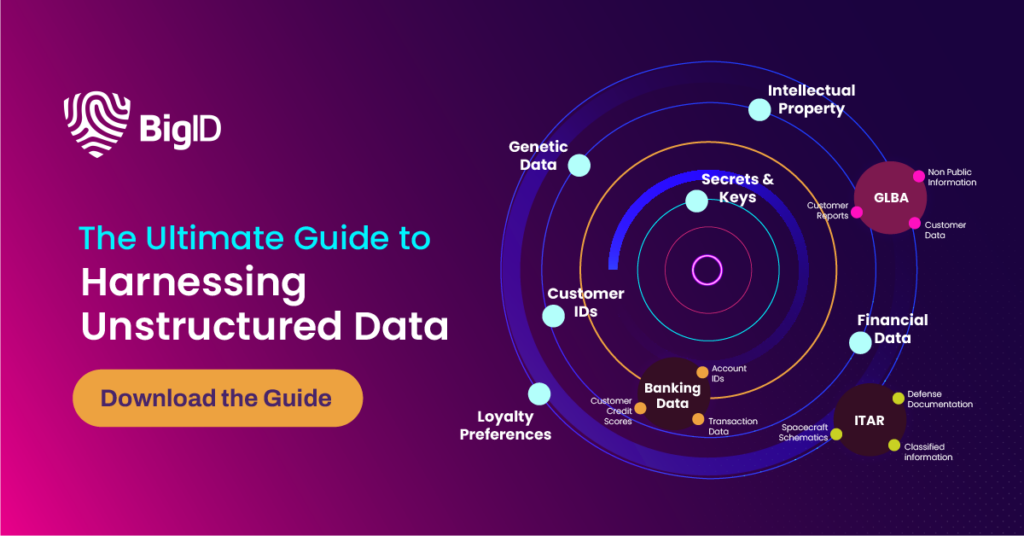
Best Practices for Structured Data Discovery
- Automate Scanning: Implement automated scanning tools to ensure consistent and comprehensive coverage of all structured data sources.
- Integrate Metadata: Utilize metadata to enhance the precision of PII identification and to keep track of data usage and access patterns.
- Regularly Update Tools: Keep scanning tools up to date with the latest algorithms and patterns to detect new forms of PII.
- Perform Routine Audits: Schedule regular audits to verify the accuracy of PII detection and to identify any overlooked sensitive data.
Unstructured Data Discovery
Advanced Techniques for PII Detection
Unstructured data, which includes text-heavy documents, emails, images, and multimedia files, presents a unique challenge for PII discovery. This type of data lacks a predefined structure, making it difficult to locate and classify PII using traditional methods. Advanced techniques, such as natural language processing (NLP) and machine learning (ML), are required to effectively discover PII in unstructured data.
Natural Language Processing (NLP)
NLP is a branch of artificial intelligence that enables computers to understand and interpret human language. For unstructured data discovery, NLP techniques can analyze text within documents and emails to identify PII. Here’s how it works:
- Text Parsing and Tokenization: NLP tools break down text into smaller units (tokens), such as words and phrases. This parsing helps in identifying relevant patterns and keywords that indicate the presence of PII.
- Contextual Analysis: NLP algorithms analyze the context in which certain keywords appear. For example, a sequence of numbers following the word “SSN” is likely a social security number. This contextual understanding enhances the accuracy of PII identification.
- Entity Recognition: NLP systems can recognize specific entities, such as names, dates, and addresses, within large text corpora. This capability allows for the precise extraction of PII from unstructured text.
Machine Learning (ML)
Machine learning involves training algorithms on large datasets to recognize patterns and make predictions. For unstructured data discovery, ML models can be trained to detect PII with high accuracy:
- Training Data: ML models are trained using labeled datasets that contain examples of PII and non-PII. This training enables the model to learn the distinguishing features of PII.
- Feature Extraction: During the training process, the model extracts features from the data, such as character patterns and context, which help in identifying PII.
- Predictive Analysis: Once trained, the ML model can analyze new data and predict the likelihood of certain information being PII. This predictive capability is particularly useful for processing large volumes of unstructured data.
Best Practices for Unstructured Data Discovery
Deploy Advanced AI Tools: Utilize NLP and ML tools specifically designed for PII discovery in unstructured data to enhance accuracy and efficiency.
- Continuously Train Models: Regularly update and retrain ML models with new data to keep up with evolving PII patterns and emerging threats.
- Combine Techniques: Use a combination of NLP and ML techniques to ensure comprehensive coverage and to cross-verify results for higher accuracy.
- Implement Continuous Monitoring: Establish continuous monitoring mechanisms to detect and classify new unstructured data as it is created or received.
Both structured and unstructured data discovery are critical for protecting PII. By leveraging advanced database scanning tools and employing sophisticated AI techniques, organizations can ensure comprehensive identification and classification of PII. These practices not only enhance data security but also ensure compliance with regulatory standards, thereby safeguarding both the organization and its stakeholders.
Examples of PII Data Discovery
Healthcare Sector
Hospitals and clinics must protect patient information under HIPAA regulations. Automated discovery tools help identify PII across electronic health records (EHRs), ensuring compliance and enhancing patient privacy.
Financial Services
Banks and financial institutions handle vast amounts of PII. Data discovery tools assist in scanning transaction records and customer databases, safeguarding against breaches and complying with regulations like GDPR and CCPA.
The Future of PII Data Discovery
The Role of Artificial Intelligence
Artificial Intelligence (AI) is transforming PII data discovery. AI-driven tools offer advanced pattern recognition, enabling more accurate and efficient identification of PII across various formats and languages. As AI continues to evolve, its integration into PII data discovery software will enhance capabilities and provide real-time insights.
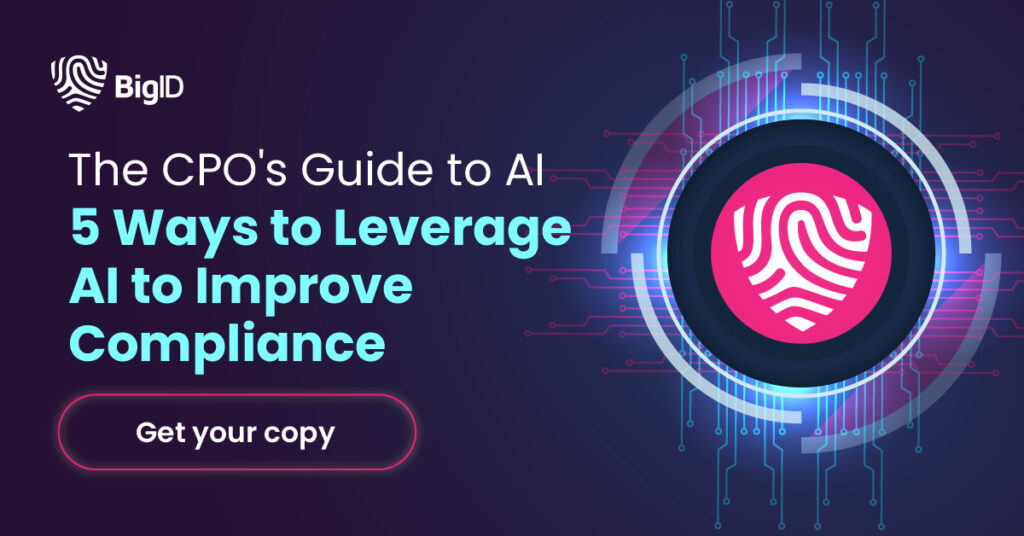
The Shift Towards Proactive Data Management
The future of PII data discovery lies in proactive data management. Organizations must not only react to data breaches but also anticipate and mitigate risks before they occur. This proactive approach involves continuous monitoring, predictive analytics, and adaptive security measures to stay ahead of emerging threats.
Integrating PII Data Discovery with Data Governance
PII data discovery should be an integral part of a comprehensive data governance framework. By aligning discovery efforts with governance policies, organizations can ensure consistent data management practices, improve data quality, and enhance overall data security.
Best Practices for Implementing PII Data Discovery Software
Comprehensive Training and Awareness
Employees play a crucial role in data security. Comprehensive training programs and awareness campaigns ensure that staff understand the importance of PII protection and are proficient in using discovery tools effectively.
Regular Audits and Updates
Regular audits of PII data discovery processes ensure that the tools remain effective and compliant with the latest regulations. Continuous updates to the software and retraining of AI models help adapt to new types of data and evolving threats.
Strong Vendor Support
Choosing a vendor that offers robust support, including technical assistance and regular updates, ensures that the PII data discovery software remains functional and effective. Vendor support is crucial for addressing any issues promptly and maintaining high standards of data security.
PII data discovery software is essential for modern data security, offering automated, accurate, and efficient identification and classification of sensitive information. By enhancing security posture, ensuring regulatory compliance, and building customer trust, these tools provide a strategic advantage in a data-driven world. As AI and proactive data management shape the future, integrating PII data discovery with comprehensive data governance will be key to maintaining robust data protection and securing the digital landscape.
Enhancing Security with BigID PII Data Discovery
BigID is the industry leading platform for data privacy, security, compliance, and AI data management empowering organizations to get total visibility and control over their enterprise data.
With BigID business can:
- Find & classify PI and PII to automate inventory & data mapping: BigID’s automated discovery and classification of personal information (PI) and personally identifiable information (PII) empowers CPOs to create a comprehensive inventory of all data feeding AI models. This transparency ensures they understand exactly what data is being used for training and decision-making.
- Comprehensively Assess Privacy Risks: Initiate, manage, document, and complete various assessments, including PIA,DPIA, vendor, AI, TIA, LIA, and more for compliance and risk reduction.
- Data Access Rights (DSAR) Advanced Reporting: BigID provides organizations with advanced reporting on DSAR requests related to AI models. These reports offer valuable insights into trends and potential shortcomings in current AI data practices, allowing for proactive improvement.
- Accelerate Breach Analysis & Response: Accurately determine the extent of a data breach and notify the right individuals and entities according to regulatory requirements.
To learn more about how your organization can leverage BigID to enhance your PII data discovery—book a 1:1 demo with our experts today.

